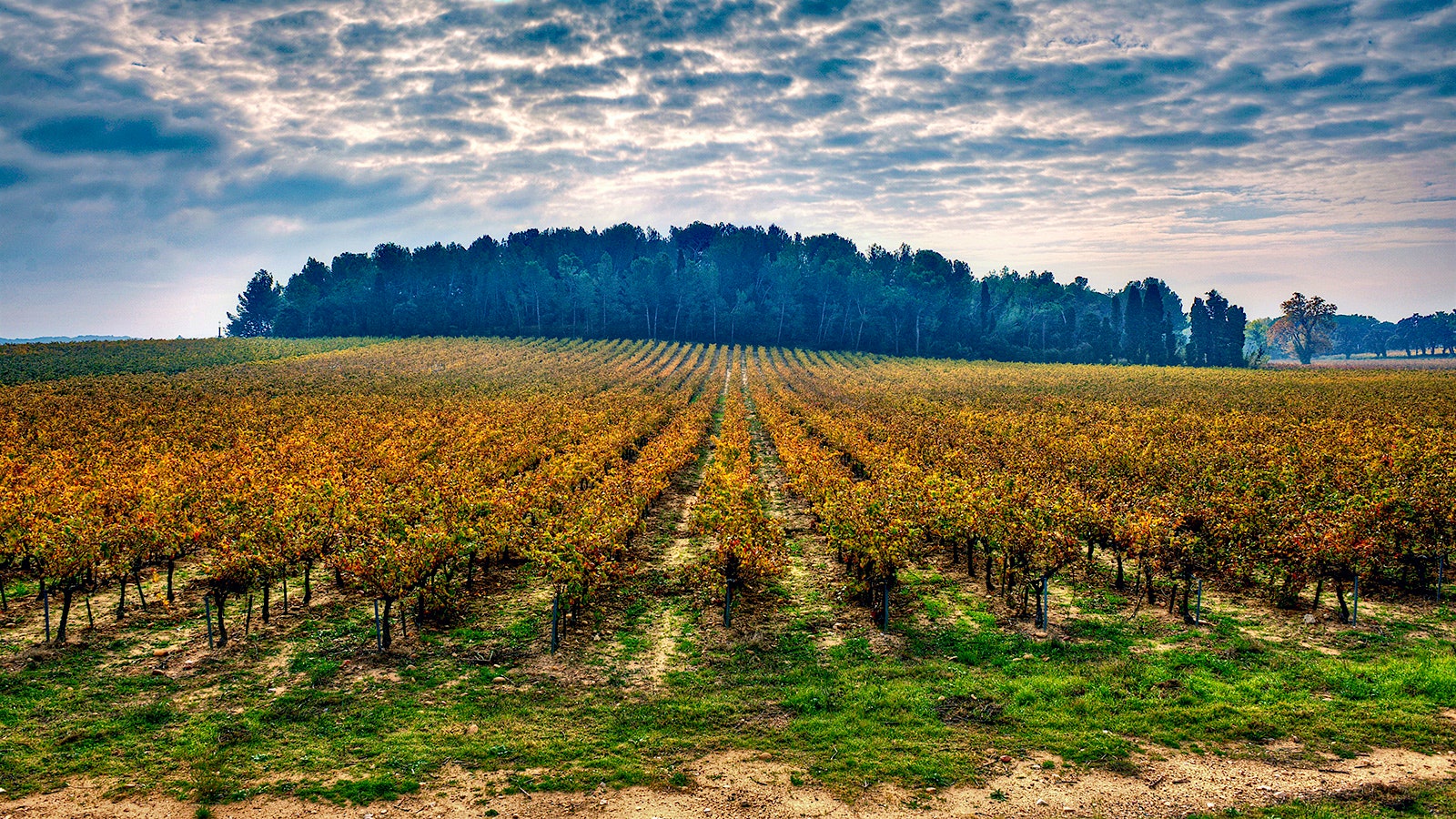E. Guigal, the prominent Northern Rhône Valley producer, has expanded its holdings in the Southern Rhône with the purchase of Château d’Aquéria in Tavel from the de Bez family. The estate totals 242 acres with 168 under vine. Approximately 100 of those acres are in Tavel while the remaining vines are in the neighboring Lirac appellation.
The move comes just a few years after Guigal’s purchase of Domaine de Nalys (since renamed Château Nalys) giving the Guigal family a solid presence in the south after three generations of purchasing grapes there for its négociant operation. The purchase price was not disclosed.
The d’Aquéria estate dates back to the 16th century when the land was purchased by Louis Joseph d’Aquéria. The estate changed hands a few times over the ensuing years. Brothers Vincent and Bruno de Bez have managed the estate in recent years; their grandfather acquired it in 1919. The purchase further links the Guigal family with Tavel, an appellation from which E. Guigal founder Etienne first bought grapes in 1942.
Tavel is a 2,300-acre appellation that produces only rosé. Tavels are known for their deep color and depth, carrying a minimum alcohol of 11 percent, essentially the complete opposite of the pale Provencal rosés that are currently popular in the U.S. market. It’s a challenge that Philippe Guigal welcomes.
“We saw, I am using past tense on purpose, that the light-colored rosés are what the market wants today. But I am convinced though that there is space for other rosés,” Guigal told Wine Spectator. “I respect the commercial success of Provence. But I see the fashion changing a bit. I don’t see why Tavel can’t regain its original place. It’s the only appellation in France dedicated to rosé. It should be seen as an exception and we look forward to helping bring Tavel back to its former glory.”
The estate typically produces 16,000 cases annually of Tavel and will be kept as a separate domaine, apart from the négociant bottling.
The neighboring Lirac appellation has become more popular in recent years. With terroir similar to neighboring Châteauneuf-du-Pape, but without that name cachet, many Châteauneuf producers have bought vineyards there, plumbing the area’s bevy of old vines to produce excellent value-priced wines. Lirac produces both red and white wines.
Guigal also noted that both the vineyards and cellars at d’Aquéria were in excellent shape. The vineyard averages 50 years of age and just needs more vine density.
“We have the equivalent of [5 acres] being planted now to do that,” says Guigal. “And the cellars are in perfect shape. It’s different from Nalys, which needed a lot of work in the vineyard and the cellars. And there was no existing distribution channel for Nalys. When the de Bez family approached us, it was just such a great opportunity for us.”
The existing distribution channel is through Kobrand, which has imported Chateau d’Aquéria into the U.S. since 1973. Guigal said that would not change going forward.
Stay on top of important wine stories with Wine Spectator’s free Breaking News Alerts.
